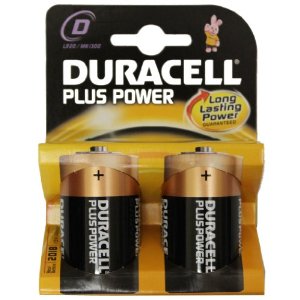Environmental Hazards of Batteries
People are using more and more household batteries. The average person owns about two button batteries, ten normal (A, AA, AAA, C, D, 9V, etc.) batteries, and throws out about eight household batteries per year.
Batteries contain heavy metals such as mercury, lead, cadmium, and nickel, which can contaminate the environment when batteries are improperly disposed of. When incinerated, certain metals might be released into the air or can concentrate in the ash produced by the combustion process.
Batteries may produce the following potential problems or hazards:
- Pollute the lakes and streams as the metals vaporize into the air when burned.
- Contribute to heavy metals that potentially may leach from solid waste landfills.
- Expose the environment and water to lead and acid.
- Contain strong corrosive acids.
- May cause burns or danger to eyes and skin.
In landfills, heavy metals have the potential to leak slowly into soil, groundwater or surface water. Dry cell batteries contribute about 88 percent of the total mercury and 50 percent of the cadmium in the municipal solid waste stream.
Part of what we do at Secure Data Recycling is ensure every part of electrical or electronic devices are recycled properly including all types of batteries.


